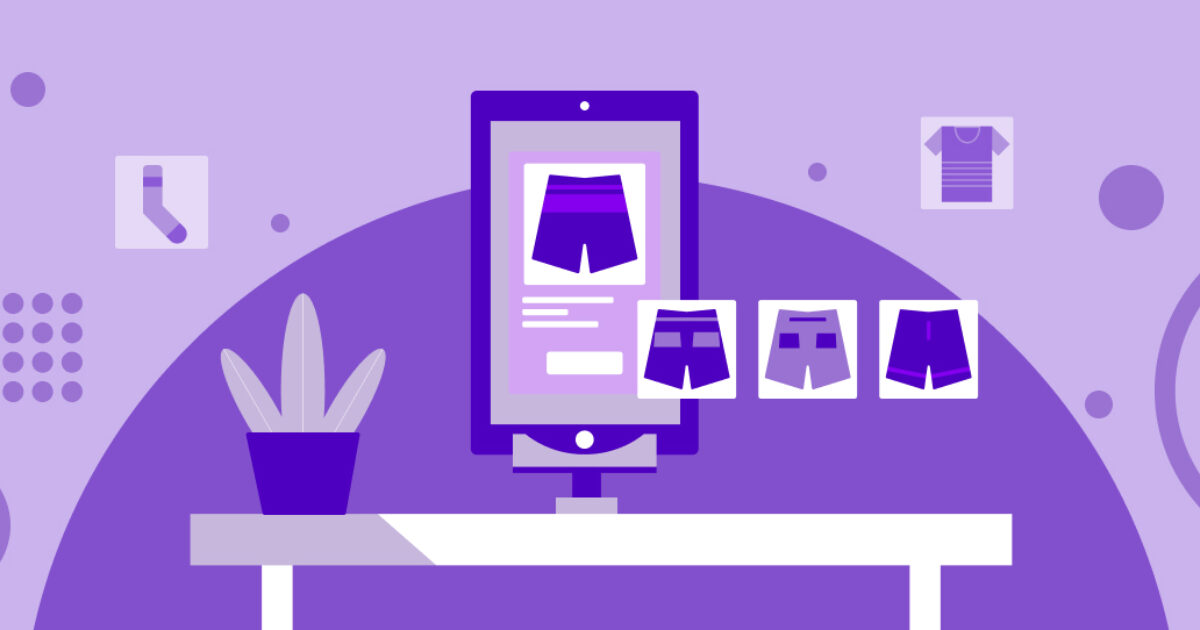
An organization’s e-commerce strategy must align with the company’s overall business goals and vision. Leadership teams must establish the main business objectives and determine how e-commerce will achieve these goals.
This study examines the mechanism through which influencers promote consumers’ purchase intention in live streaming e-commerce. Specifically, this study compares Taobao and Douyin, two leading live streaming commerce platforms in China.
Social Media
The internet has radically transformed the way people communicate and share content. Unlike traditional media, social media is interactive and allows users to engage in two-way communication with brands and influencers.
While Facebook, Instagram, Twitter and YouTube are the best-known examples of social media, there are many more. These include photo-sharing platforms, such as Snapchat and TikTok, which have a Gen Z audience; video-sharing platforms, such as YouTube and Vimeo; bookmarking communities (Digg, StumbleUpon, Reddit); and microblogging services (Twitter).
For example, Instagram allows users to create a profile with a bio and image, interact with other users through tags, likes and comments, share content in the form of posts, and create boards containing content in categories such as fashion, food, decor, weddings, workouts, etc. It also offers an ecommerce platform with crisp standalone product images and links to websites and product landing pages. This type of social media platform is a great place for businesses to connect with customers and influence them to buy products or services.
Blogs
Blogging is a great way to slowly nurture the customer relationship and prove your authority in the topics you discuss. It’s important to keep in mind that Google places a high priority on E-A-T (expertise, authoritativeness, and trustworthiness). Providing consumers with helpful content will help build trust and brand awareness.
Moreover, blogging is an excellent opportunity for businesses to showcase products and services in a different light. For example, a tips and advice blog about ecommerce trends can help new customers navigate the world of online shopping. Additionally, a comparison and review blog can cast your products in an enticing light by discussing their key features and benefits.
Ecommerce blogs are also an excellent platform to announce promotions or special events. This helps to boost traffic on your website and increase conversions. Consistently putting out fresh blog content is an essential aspect of any successful SEO strategy. Keeping up with this can help you stay ahead of your competitors and increase visibility in search engine results pages (SERPs).
Influencer Marketing
Influencer marketing combines celebrity endorsements with content creators to improve brand awareness and drive traffic to businesses. This strategy aims to build trust and loyalty in the consumer-influencer relationship.
This type of marketing is a popular option among direct-to-consumer [D2C] brands, but bigger companies can use it to promote their products and services as well. Whether it’s a YouTube video by a fitness vlogger or a TikTok clip from a popular beauty guru, influencer content typically features a conversational tone and personal narrative. This helps differentiate it from the kind of product-focused or feature-driven posts a business might publish in its own feed.
The content creators used in influencer marketing often have a strong connection with a specific niche audience, such as adventurists, foodies, photographers, makeup artists or how-to experts. This ensures that a campaign is highly relevant to the audience and has high earned media value. Nonetheless, marketers must carefully evaluate engagement metrics to assess the success of their campaigns.
Email Marketing
Email campaigns can be a powerful way to promote influencer marketing. Emails typically have a higher conversion rate than social media posts, and can help brands stay top of mind for potential customers. They also allow brands to target specific audiences.
To maximize the effectiveness of emails, brands should focus on personalization. This doesn’t mean simply adding the recipient’s name in the subject line or body of an email, but rather using data to serve content that moves users along their customer journey.
For example, Spotify sends a personalized email asking its customers to list their favorite songs for working out. This data allows the streaming service to create a playlist that helps its audience crush their workout goals. Similarly, Dropbox targets its subscribers with email campaigns that showcase the many uses of their product. The campaigns use a variety of visuals to encourage engagement, and include clear CTAs. They also work well on mobile devices, including dark mode.